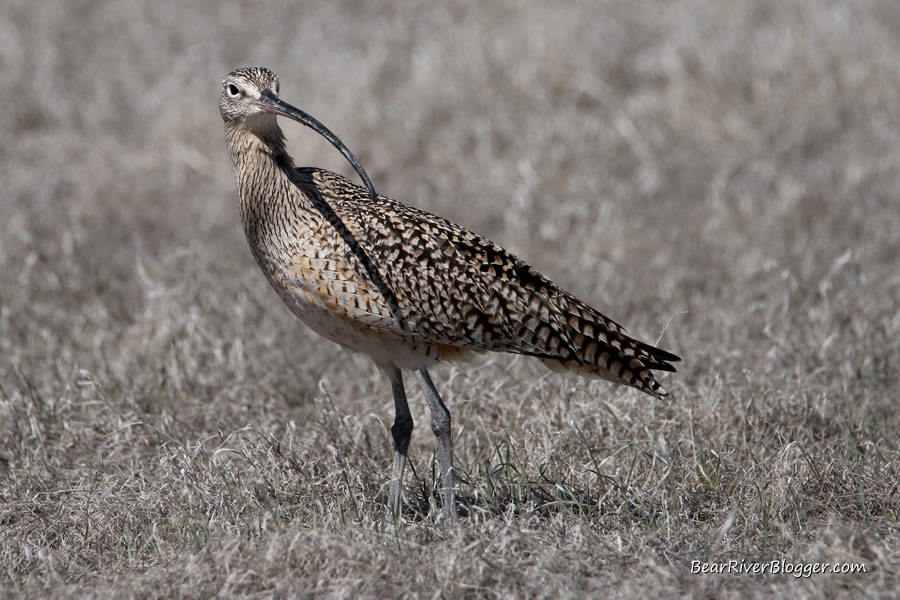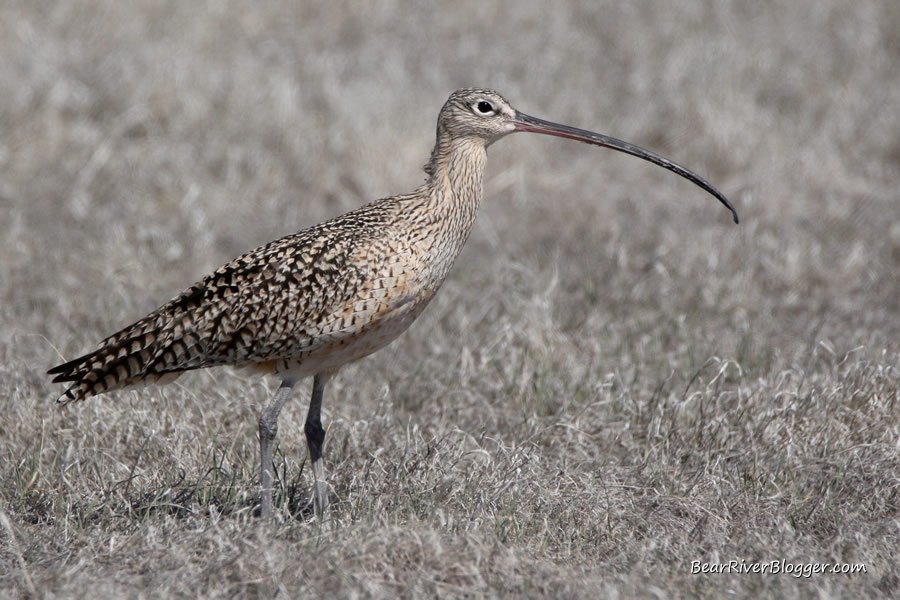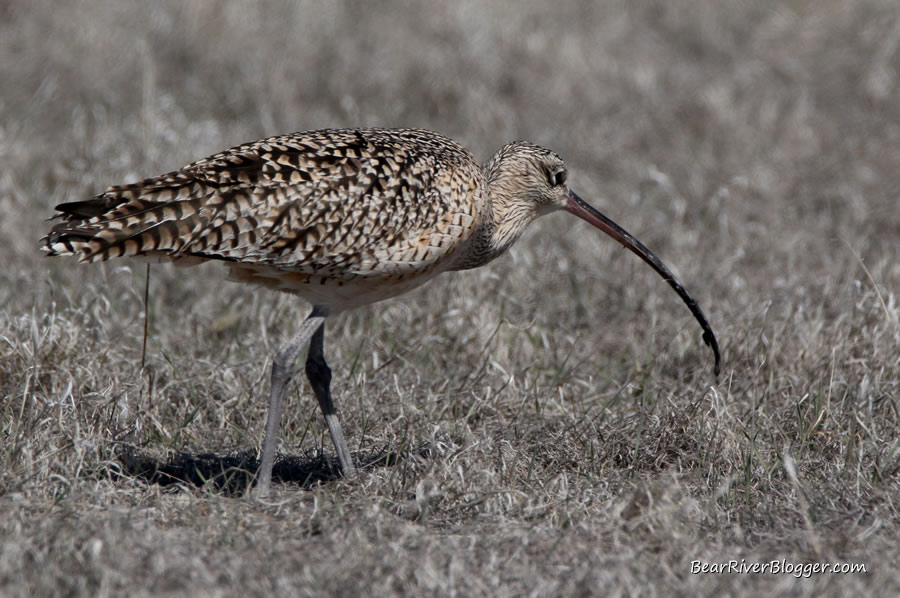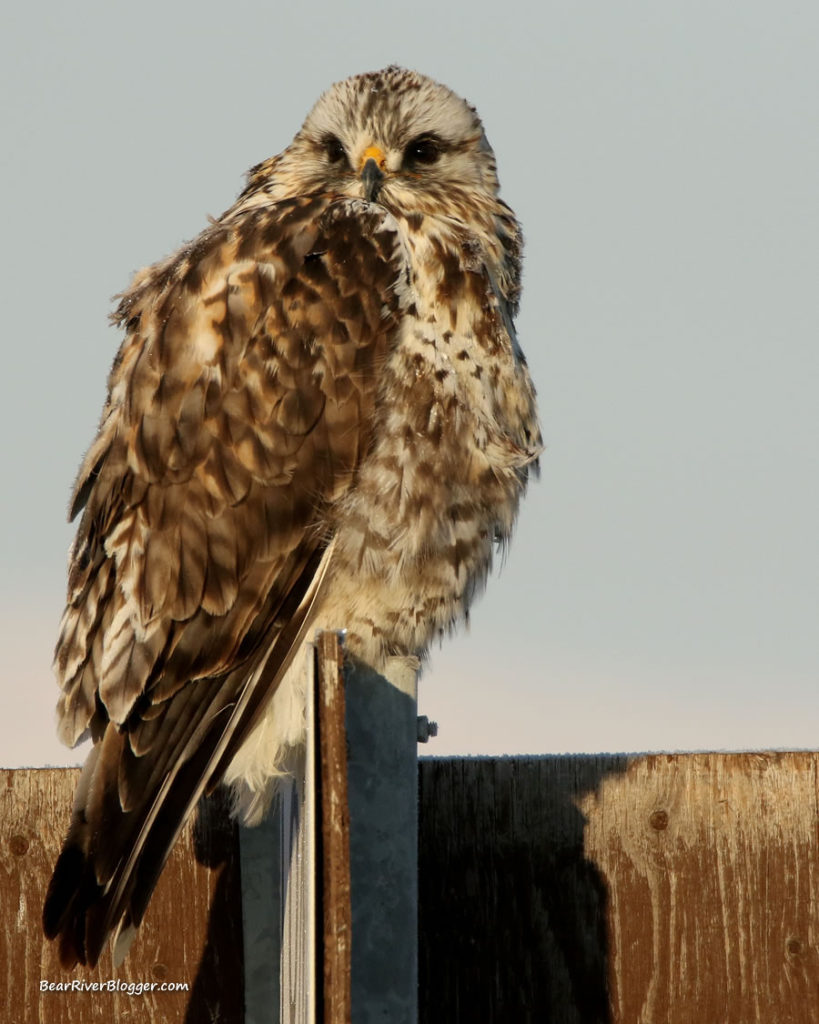As spring slowly marches on and casually heads towards the dog days of summer, new bird species seem to be returning to the Bear River Migratory Bird Refuge auto tour route almost daily.
It’s no surprise really if you think about it, birders have recorded 256 different bird species on the refuge over the years at the time of this writing.
Many of those birds come to breed on the 78,000-acre nature preserve while others press forward, with some birds migrating thousands of miles to breeding grounds much further northward in the arctic tundra, including the beautiful tundra swan and snow goose.
With this annual influx of new birds, the avid birder can find something new, almost daily it seems, to view, photograph, and check off their yearly birding list this time of year.
Today was certainly one of those days to visit the Bear River Bird Refuge, with numerous bird sightings along Forest Street and the auto tour route, including several long-billed curlews, snowy egrets, and a few white-faced ibises making themselves quite viewable along the 12-mile gravel road.
In all fairness, however, today was actually the third sighting of the long-billed curlew for me so far this year.
On today’s trip, however, I did see quite a few curlews in a variety of locations on the refuge, whereas my previous two sightings, one on Antelope Island and the other here on the refuge, there were just individual birds scattered here and there.
About The Long-billed Curlew
The long-billed curlew lives primarily in the western United States, mainly breeding in Utah, Idaho, Nevada, Oregon, Wyoming, and Montana and spending its winters along the west coast and in parts of Mexico.
During summer, the long-billed curlew can be found on dry, arid grasslands of the western United States, including the alkali mudflats of the Bear River Migratory Bird Refuge.
As for its diet, the long-billed curlew is considered an insectivorous (insect eating), consuming mainly insects, including spiders, grasshoppers, beetles, and caterpillars during the summer and eating crabs, shrimp, crustaceans, and invertebrates during the winter months.
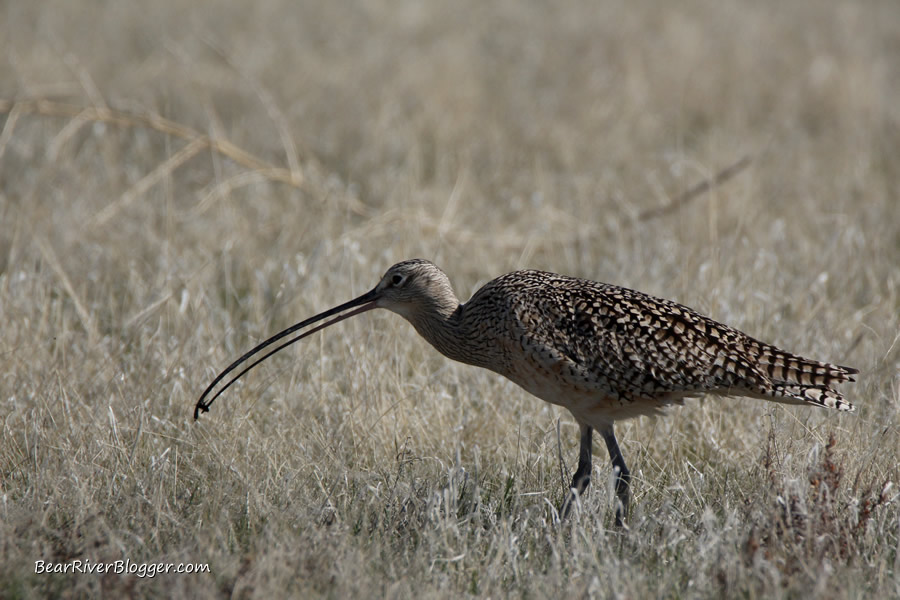
If you have ever seen a long-billed curlew, the first noticeable thing is the long and slender beak.
Long-billed curlews are adorned with long beaks that allow them to probe the mud and shallow waters for large invertebrates and to reach much further ahead for nearby insects hiding in the short grasses.
Being the largest of the shorebirds, the long-billed curlew is a plain brown bird with some darker mottling on the top side of the body.
Their long curved bill, however, is by far the most recognizable trait of the curlew.
Finding The Curlew
Finding the long-billed curlew can be a bit of a chore at times, as they spend much of their time in dry grasslands, as opposed to marshy wetlands where we would expect to see shorebirds.
The best place to find the long-billed curlew is on the short-grass mudflats on Forest Street on the Bear River Bird Refuge during spring and early summer.
April is when the curlews tend to return to the refuge for yet another breeding season, and April and May are the best times to find and observe the long-billed curlew.
I never see more than a few curlews in one location at the same time, however, so when you do see one, stop and take a moment to view and enjoy this peculiar-looking shorebird.
The most I have seen in one location is 4 birds, so they aren’t a very common bird but one that isn’t hard to find during the spring and summer if you know where to look.
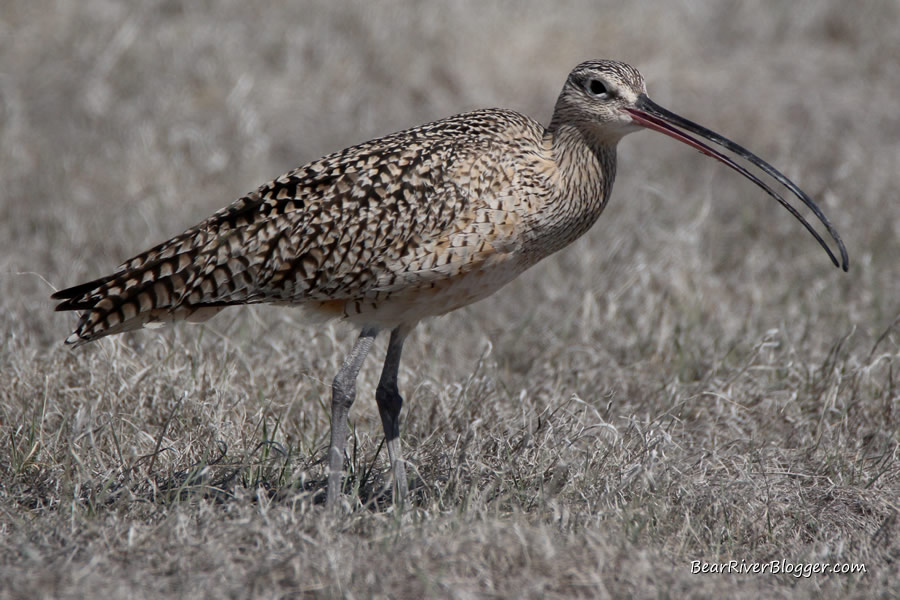
I have personally seen the long-billed curlew in a few different places, including Antelope Island and the backside of Promontory Mountain, but Forest Street and the Bear River Migratory Bird Refuge auto tour route are the best and easiest places to locate them from my experience, that is.
Subscribe And Share
If you’re an avid birder or just a lover of nature in general, as I indeed am, feel free to subscribe to my blog and share it with your like-minded friends.
I appreciate your readership and enjoy getting to show you a part of the natural world I enjoy so much and am privileged to view and photograph each and every week.
Photographs Of The Long-billed Curlew
